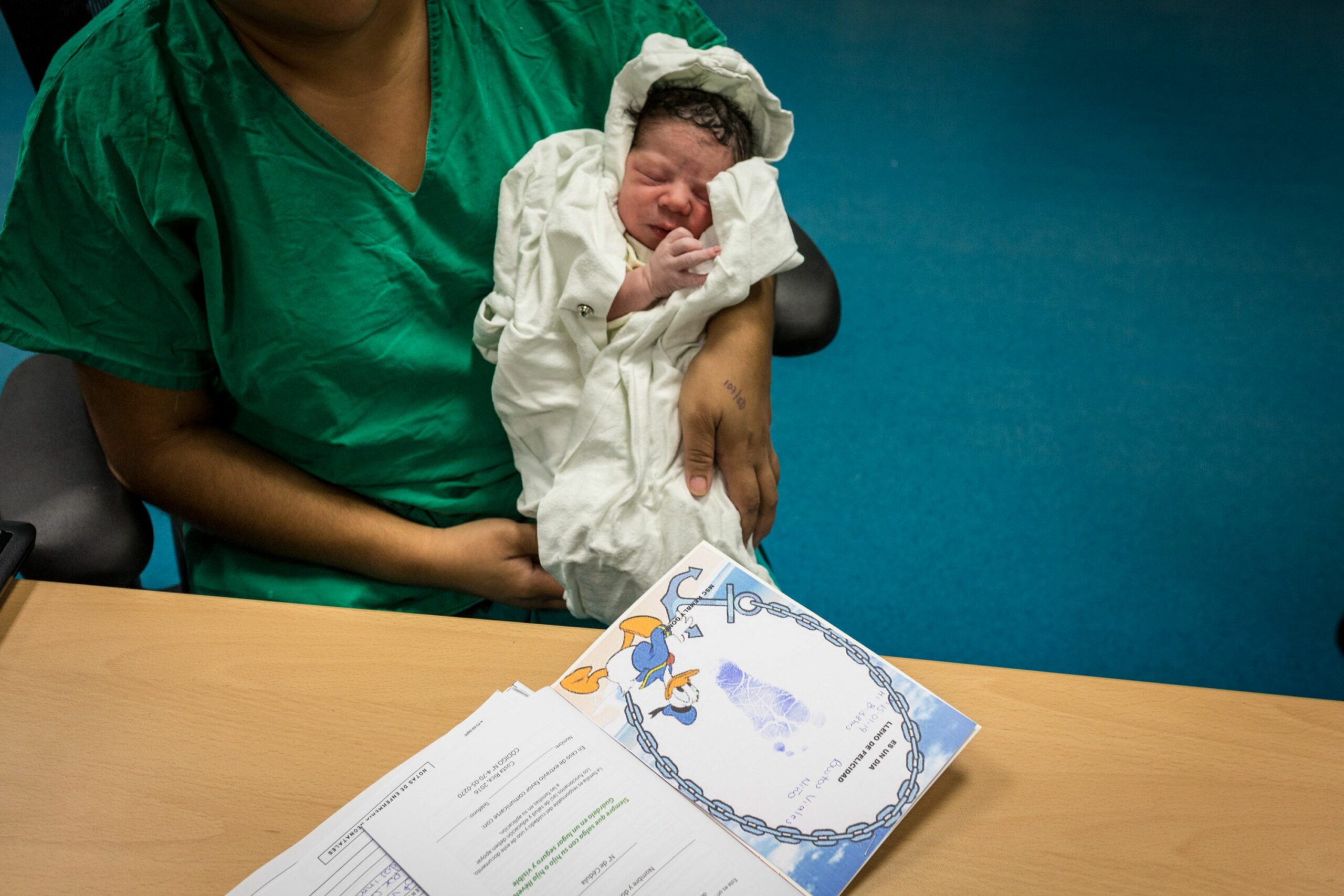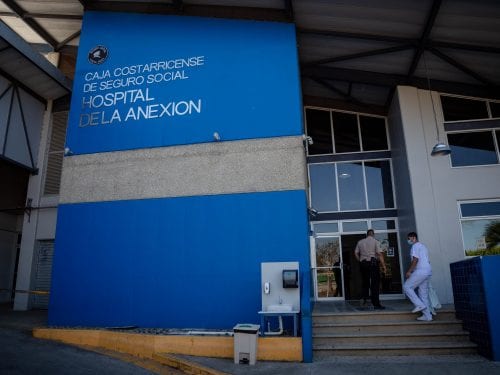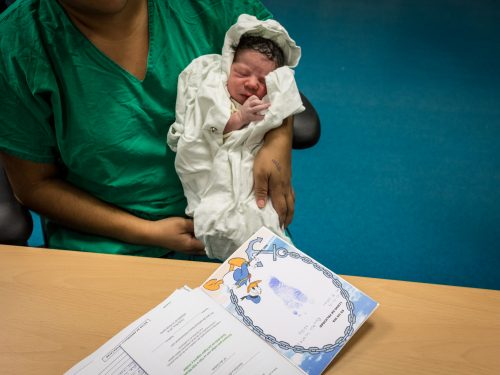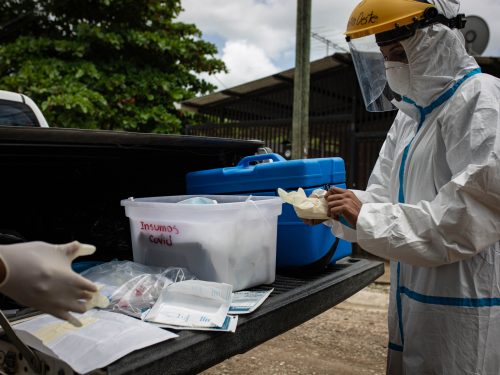
La Anexión Hospital in Nicoya is juggling to care for children who are brought in seriously affected by respiratory viruses, mainly the syncytial virus (RSV), a microbe that infects the respiratory tract and lungs and causes bronchiolitis and pneumonia.
The medical center has doubled its capacity. While they normally have nine pediatric beds set up, currently they have had up to 20 infants hospitalized per day for the last two weeks.
“This is a situation that we have never experienced before, because there is always space for all the children. However, we’ve reached the point of having to request that areas like Santa Cruz lend us cribs to be able to admit more little ones,” explained Fabricio Sevilla Acosta, pediatrician at La Anexión.
The number of children affected is probably very similar to what we’ve seen in previous years, but the number of children in serious condition is higher,” he specified.
The Ministry of Health issued a health alert on Wednesday, September 20, due to the increase in cases of respiratory viruses in minors. Two weeks later, the pediatric care units in the country’s hospitals remain at capacity.
“All of the patients are being treated in the best way,” the doctor affirmed, adding that in La Anexión they admit boys and girls to the emergency room while they free up space in the pediatric ward. They have even had to administer mechanical ventilation – a machine that helps them breathe – while waiting for free beds in the intensive care unit at the National Children’s Hospital (Spanish acronym: HNN).
“At this time, between 10 and 13 children are waking up every day intubated in the Children’s Hospital’s emergency room, which slightly delays the transfer of children in serious condition from rural areas or areas that are outside the Children’s Hospital’s area of affiliation [like Nicoya’s case],” explained Dr. Sevilla.
In the last two weeks, La Anexión Hospital in Nicoya has transferred four boys and girls under one year old seriously affected with respiratory viruses to HNN in San José. All of the transfers have been made by land.
A week ago, the Ministry of Health specified that so far this year, 34 boys and girls have died from severe acute respiratory infections (SARI). Nineteen of the deaths have occurred since June, when the infectious peak began. One death was reported in Guanacaste.
Seasonal viruses, specific situations
Respiratory viruses circulate more frequently in the rainy months. In 2022, there was also an alert due to pressure on the capacity of hospital care for minors, which resulted in closing the country’s schools for a week. In 2021, authorities were likewise alarmed due to cases associated with the syncytial virus, which they then called the “killer virus.”
After the COVID-19 pandemic, the impact on boys and girls has been greater.
“All of these children were isolated during the time that there was a pandemic; they weren’t exposed to these viruses and probably right now is the first time they are being exposed again,” explained the pediatrician from La Anexión. “This means that these children don’t have those innate defenses to defend themselves against this type of virus and it is affecting them more seriously.”
RSV can affect both adults and infants. “What happens is that in small children under two years of age, their respiratory system is not yet fully mature, the airways are much smaller and the bronchioles easily become obstructed by excessive production of mucus,” explained the pediatrician from La Anexión.
Hospital systems in other countries have also been overwhelmed due to minors affected by RSV, which can affect minors in different ways.
Some children[‘s cases] don’t become complicated and they get better on their own. Others require more support,” emphasized the pediatrician from La Anexión. In Chile, two minors died were waiting for a space in pediatric intensive care units.
To Sevilla, the key is understanding that the virus is transmitted through the respiratory tract and through oral or nasal droplets that can remain on surfaces. That’s why he emphasizes the urgent need to resume taking health measures like hand washing, using hand sanitizer and even considering using masks, avoiding going to crowded places and not sending children to school or daycare centers if they are sick.
“These viruses spread very quickly among the population and unfortunately they don’t provide immunity. What do I mean by this? If a child is exposed to the virus today, they are going to get sick from that virus. And if that child is exposed again within a month, two months, they are probably going to get sick again,” he explained.
According to the specialist, fathers and mothers should monitor the breathing capacity of their sons and daughters. These are signs of when to take the child to the emergency room:
- Breathing fast.
- The child’s ribs cave in when he or she breathes.
- The muscles over the sternum [bone in the center of the chest] cave in.
- The nostrils flare open and close more than normal.







Comments